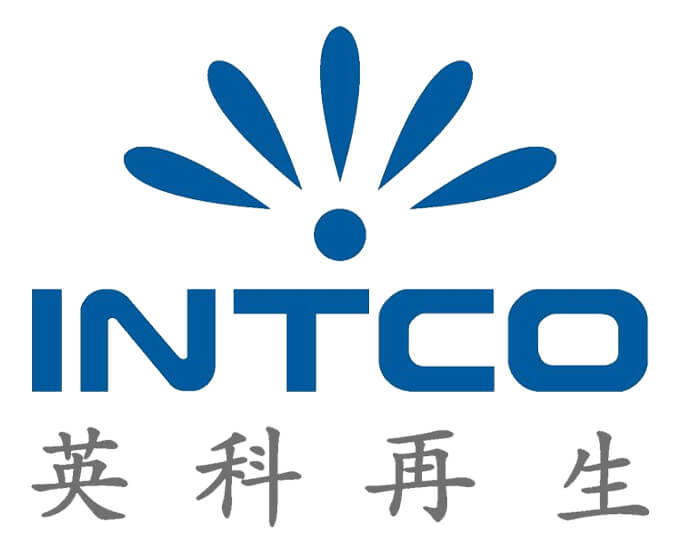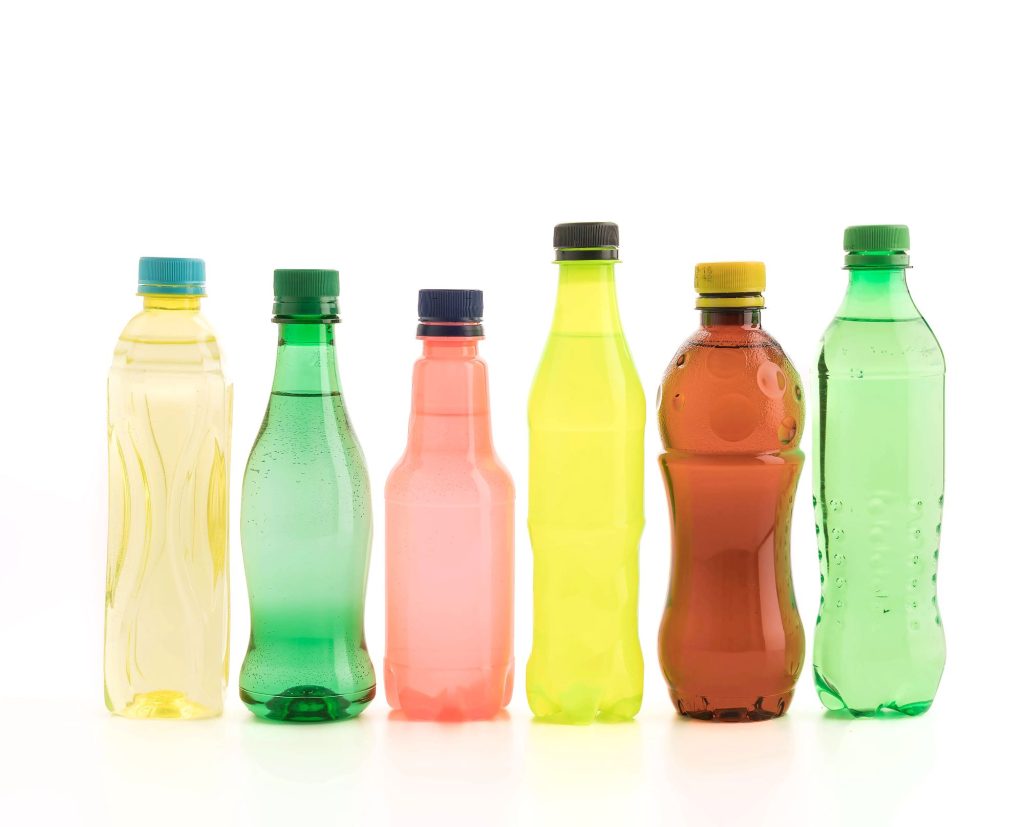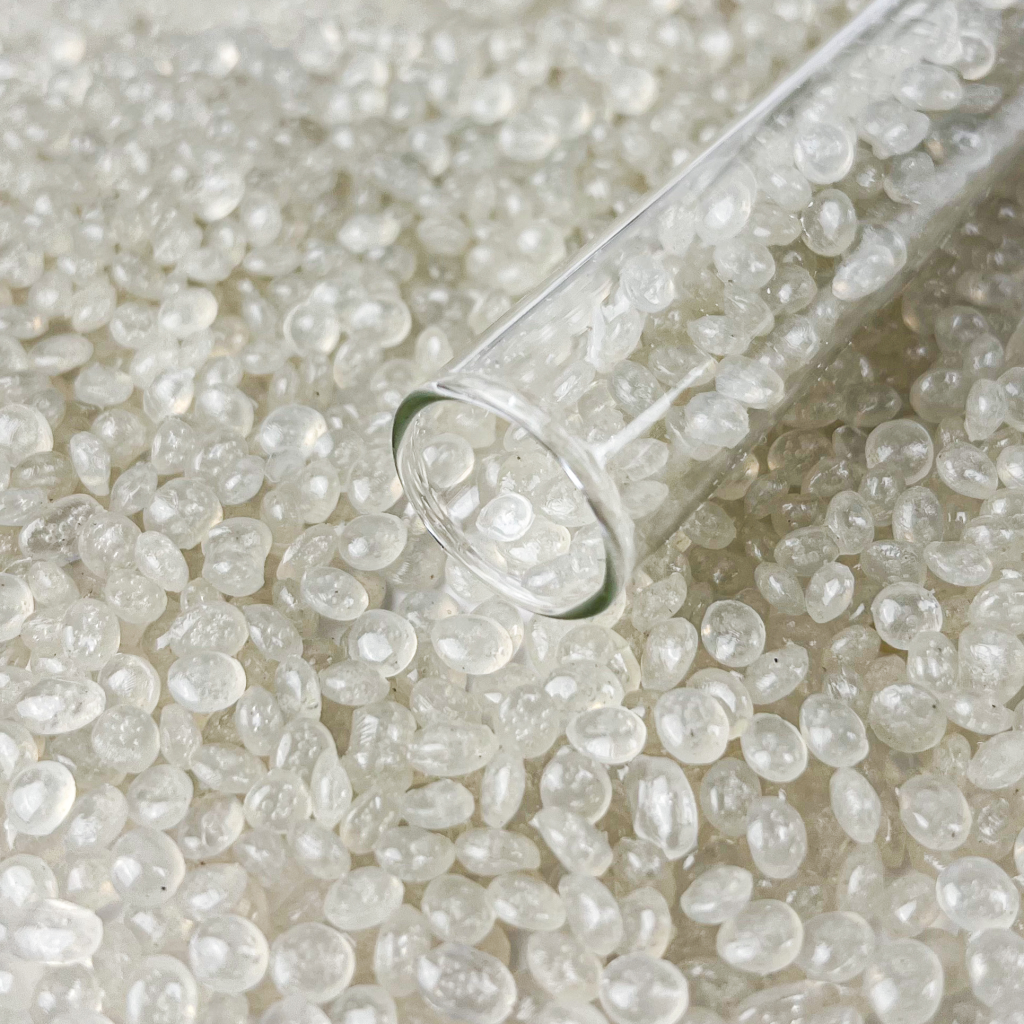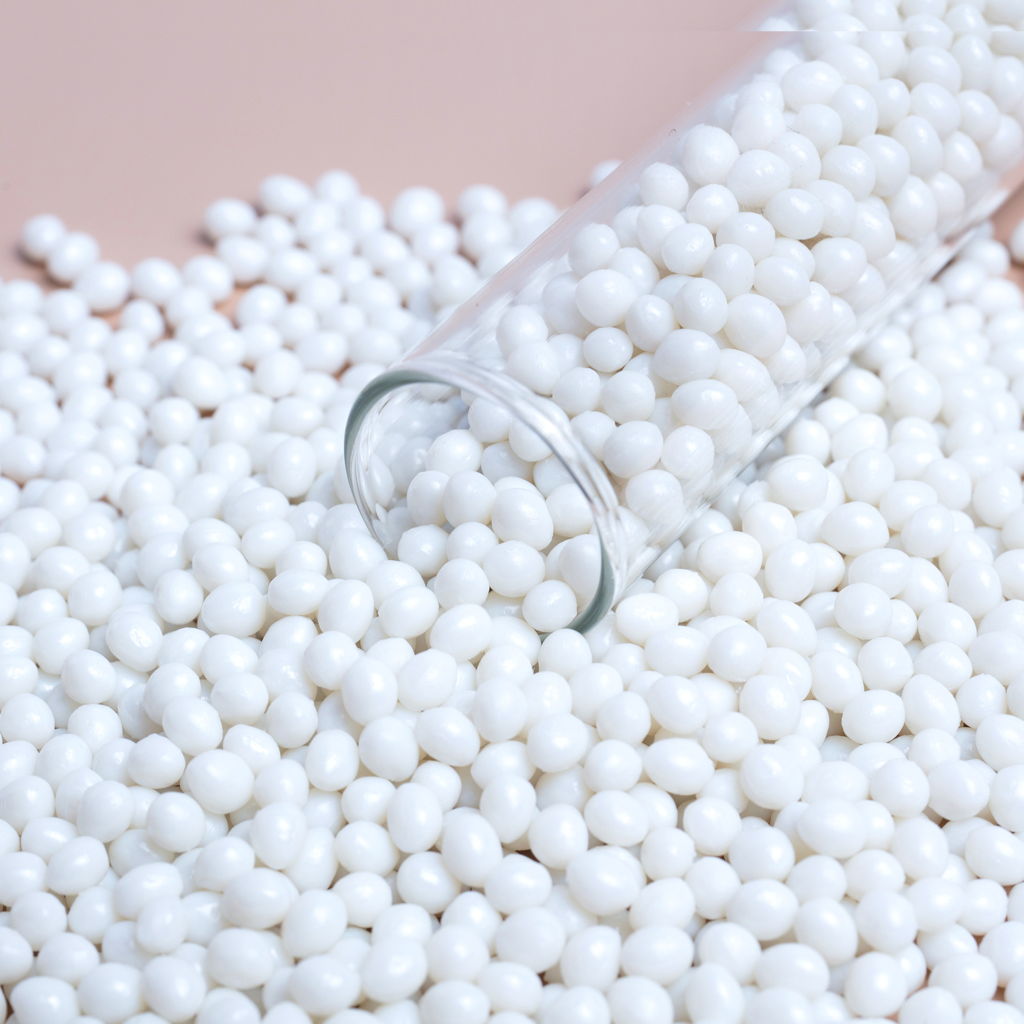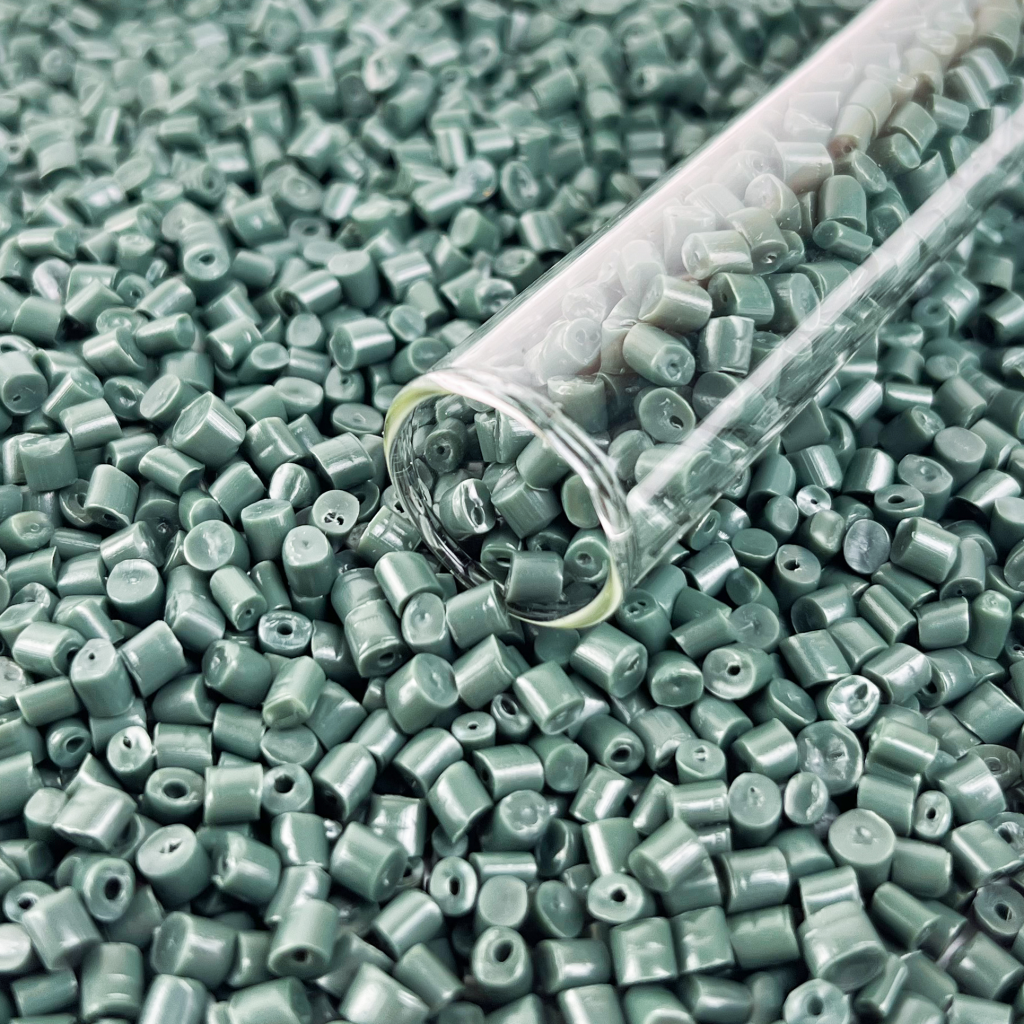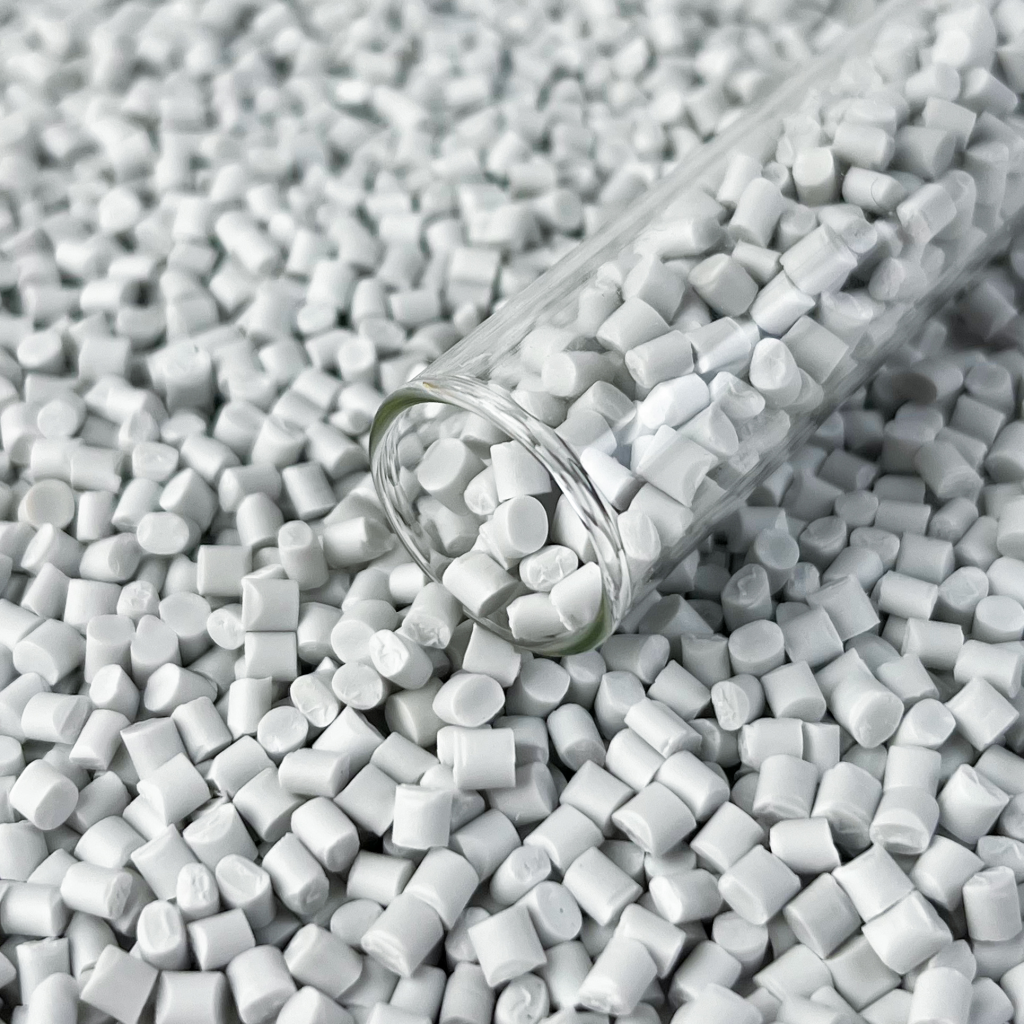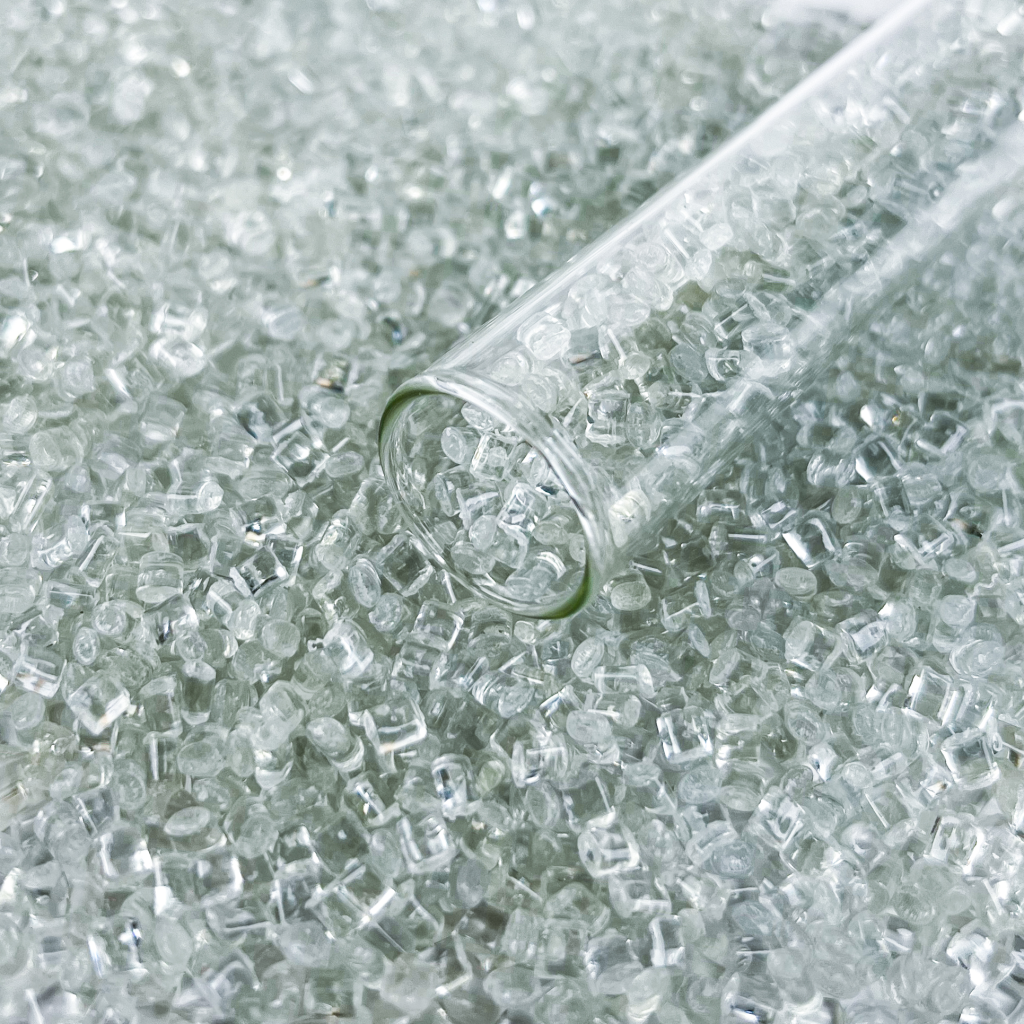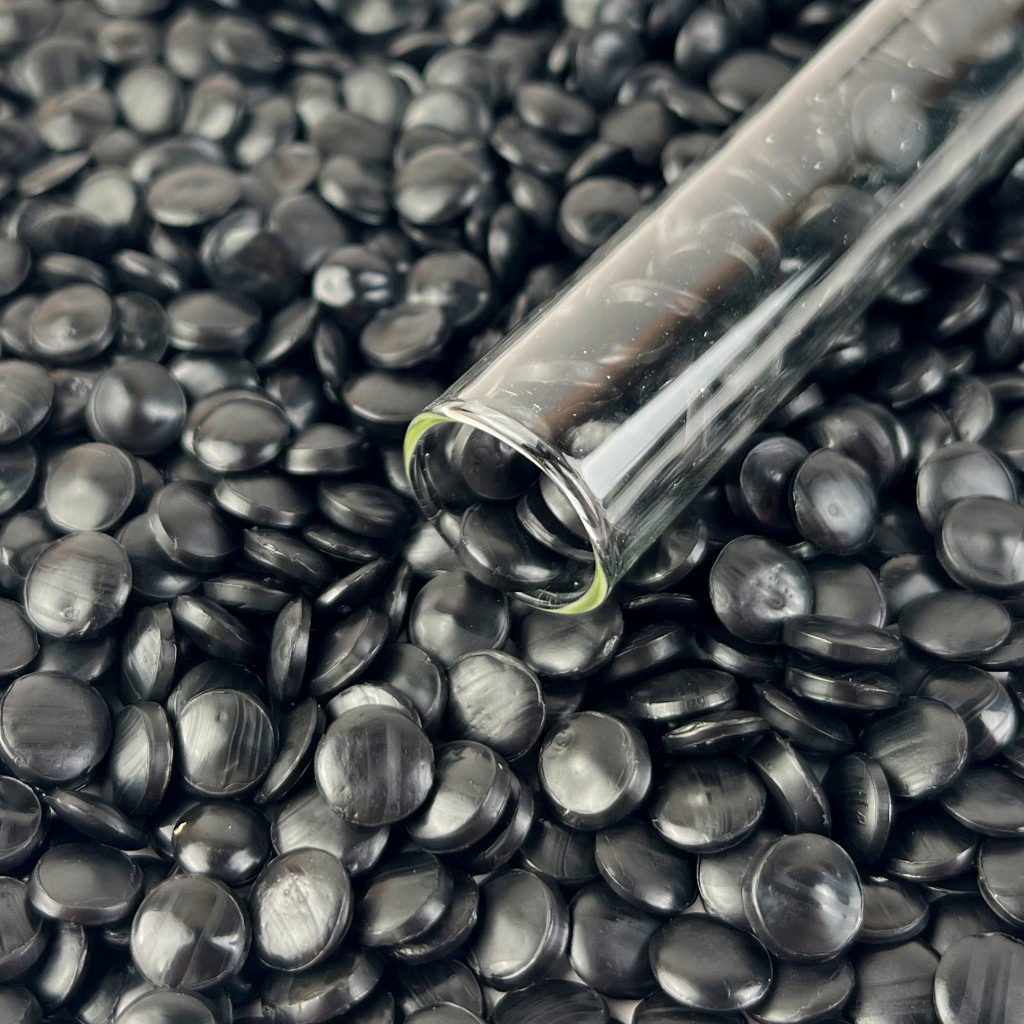When it comes to shoes and their soles, quality matters the most in the footwear industry today. In this blog post’s content, we will explore why using rPS pellets for TPR soles stands out as a choice by looking into their makeup, special features, and advantages. We will also touch upon factors to keep in mind when opting for rPS pellets and how they elevate the performance of TPR soles.
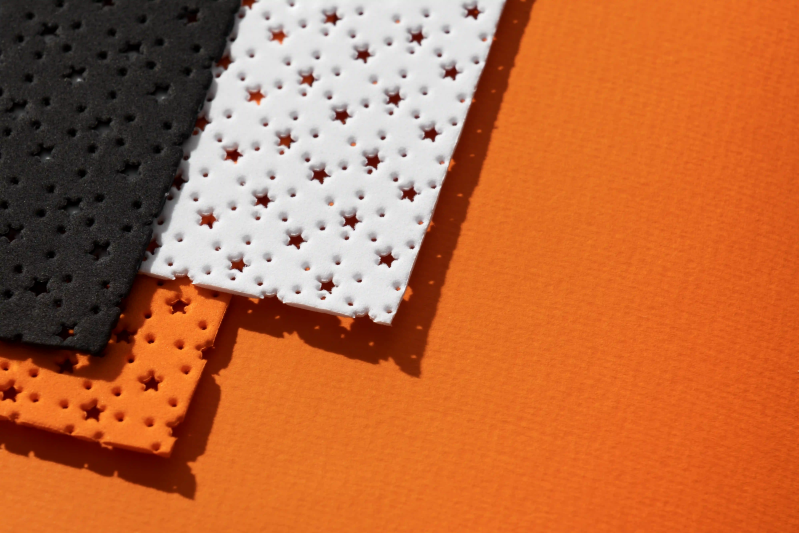
What Are rPS Pellets?
Ever wondered what rPS pellets are? They’re recycled polystyrene that’s been transformed into small and uniform bits sourced from used polystyrene waste from consumers or industries after processing it well enough to serve as the building blocks for creating new items, making sure the polystyrene lifecycle sustainably comes full circle.
Composition and Characteristics of rPS Pellets
Reprocessed PS pellets are crafted from foam materials that go through a rigorous quality check procedure involving color sorting and granulation to create top-notch recycled plastic resin with the same lightweight and thermal stability properties as polystyrene itself intact. It’s these features that make pellets well-suited for diverse uses like TPR soles. Manufacturers often find rPS pellets to be a dependable option due to their consistent and trustworthy qualities.
What is rPS’ Role in TPR Soles?
RPS pellets play a role in formulating thermoplastic rubber (TPR) where various materials like resins and fillers are added to a base material like styrene-butadiene rubber to enhance its properties for applications such as shoe sole manufacturing and beyond into other industries due to its versatility.
Benefits of Using rPS Pellets in TPR Soles
There are benefits to utilizing rPS pellets in TPR soles, encompassing not only product quality but also environmental and economic factors.
Thermal Stability
RPS pellets are recognized for their ability to withstand high temperatures, which helps the TPR soles maintain their form and integrity in different temperature environments, ultimately enhancing the durability and performance of the product.
Environmental Impact
When you opt for rPS pellets in your products of virgin materials and landfill-bound plastic waste decreases while supporting a circular economy and promoting sustainability for the future by reducing greenhouse gas emissions.
Durability and Flexibility
RPS pellets play a role in producing TPR soles that offer a blend of durability and flexibility. These qualities result in footwear that is not comfortable but also has a longer lifespan. As a consumer, you get to enjoy shoes that are resilient against damage and offer a pleasant walking experience.
How Do rPS Pellets Enhance the Performance of TPR Soles?
The quality of a shoe’s sole greatly impacts the comfort and satisfaction of wearing the footwear. It’s important to understand how rPS improves the performance of TPR soles. By possessing characteristics, rPS plays a significant role in enhancing TPR sole performance and ultimately contributes to creating top-notch shoes.
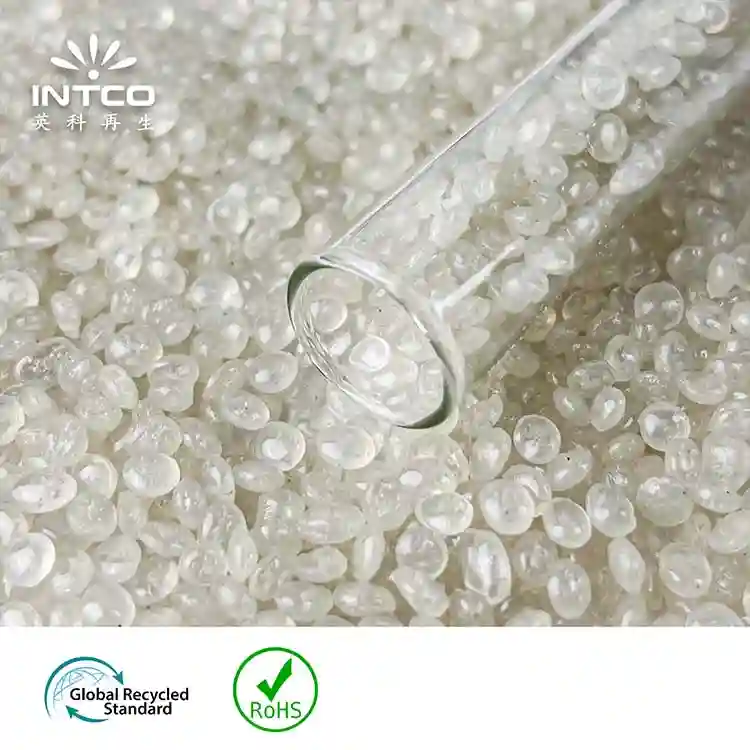
Improved Wear Resistance
Utilizing rPS in TPR soles offers an advantage in enhancing their durability by providing increased resistance to wear and tear. This results in shoes that are more resilient against abrasions and friction and ultimately lead to a longer lifespan for your footwear. It’s like making a wise choice, for longevity!
Enhanced Comfort and Cushioning
You will also see that rPS contributes to the comfort of TPR soles. When combined with other materials, rPS creates a sole that offers good cushioning and shock absorption, making shoes more comfortable for everyday wear. The ability of TPR to achieve a soft structure adds to the overall comfort.
Cost-Effectiveness in Production
Opting to utilize recycled materials such as rPS can prove to be a budget choice compared to solely using new materials right from the source, potentially resulting in more economical products for consumers while also supporting eco-friendly manufacturing practices in the process.
Good Flexibility
Shoe soles require flexibility to allow natural foot movement, and rPS technology enhances TPR material for bend and comfort without limiting your mobility.
Lightweight Material
rPS’s light weight makes it a great option for shoe soles since it enhances the comfort and ease of wearing shoes for periods. Additionally, you’ll notice that rPS lightweight renders it ideal for items where managing weight plays a role.
Slip Resistance
When combining rPS with additives in the mix, can enhance the slip resistance of TPR soles significantly. This enhancement contributes to ensuring the safety of footwear in areas prone to slips and falls. The use of rPS-based TPR materials allows for the creation of sole options tailored to various settings.
What Are the Key Factors to Evaluate When Selecting rPS Pellets for TPR Soles?
When looking to purchase rPS pellets for TPR shoe soles in the market, you may question which aspects deserve your focus. It’s crucial to assess the pellets’ quality, their suitability for manufacturing processes, the flexibility in customization options, and the reliability of long-term supply.
Compatibility with Manufacturing Processes
When selecting pellets it’s important to make sure they work well with your current manufacturing methods, melting and shaping smoothly to avoid any disruptions in the production process, which in turn can lower the risk of problems during manufacturing and maintain the quality of the final product.
Customization Options Available
You should also consider if the supplier offers customization options for rPS pellets. Being able to adjust the properties of the pellets can help manufacturers produce soles that meet their specific requirements. This might include adjusting hardness, color, or other key characteristics.
Long-term Supply Stability
Ensuring a flow of recycled rPS pellets plays a vital role in maintaining uninterrupted production processes. When choosing a supplier, opt for one that can promise a stream of top-notch pellets to prevent any hiccups in manufacturing operations. A consistent supply will keep your production line operating seamlessly without any stoppages or delays.
Why Consider Intco Plastics as a Reliable Supplier for rPS Pellets?
If you’re looking for a source of rPS pellets that you can trust in terms of quality and sustainability considerations as well as customized compounding services tailored to your needs – Intco Plastics could be the one for you! They are renowned for their recycled plastic pellets and an efficient supply chain that caters to customers worldwide with a strong focus on eco-friendliness.
Conclusion
Recycled rPS pellets present an opportunity for producing durable and eco-friendly TPR soles that are both high-performing and cost-efficient in the footwear industry today. They offer advantages that appeal to manufacturers seeking to improve their products and minimize their ecological footprint simultaneously. With benefits like enhanced durability and comfort along with cost-effectiveness and versatility, rPS pellets play a role in shaping the next generation of footwear production. Opting for items crafted from materials enables you to play a proactive role in promoting a greener and more sustainable manufacturing sector.
FAQs on rPS Pellets for TPR Soles
If you’re still curious about pellets and how they’re used in TPR shoe bottoms, here are responses to typical inquiries;
What are the environmental benefits of using rPS pellets?
Using pellets leads to a notable decrease in the demand for new materials, which helps preserve valuable resources while also playing a role in redirecting plastic waste away from landfills and lowering emissions of greenhouse gases—a practice that aligns with the principles of a circular economy.
How do rPS pellets compare to traditional materials in terms of cost?
Using pellets can provide a cheaper option compared to conventional materials while maintaining quality standards, which is advantageous for manufacturers looking to deliver top-notch products at an affordable cost.
Can rPS pellets be customized for specific sole designs?
Absolutely! rPS pellets can be tailored to match design specifications, like modifying hardness and color, to cater to the unique requirements of various shoe designs.
